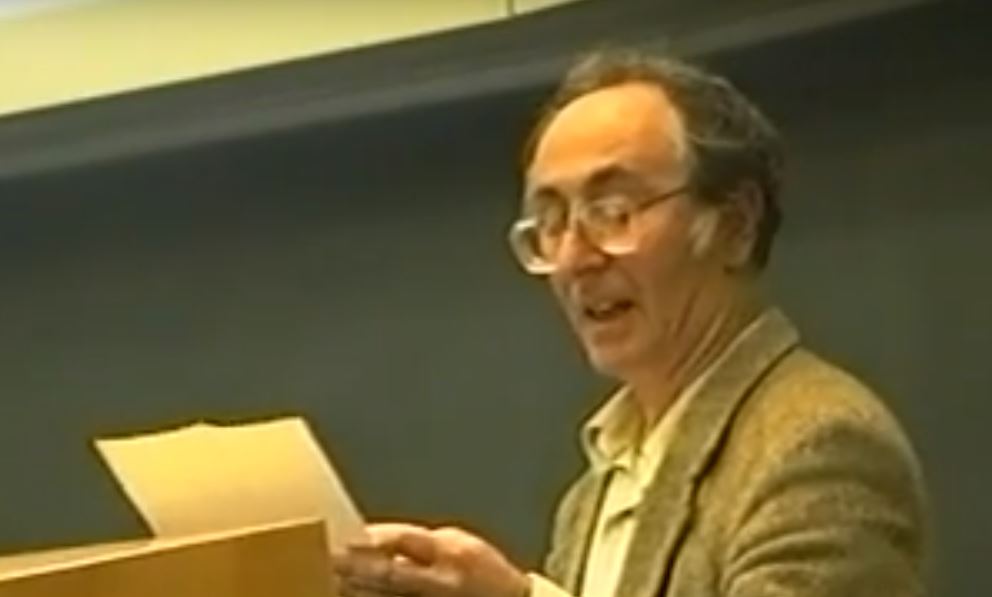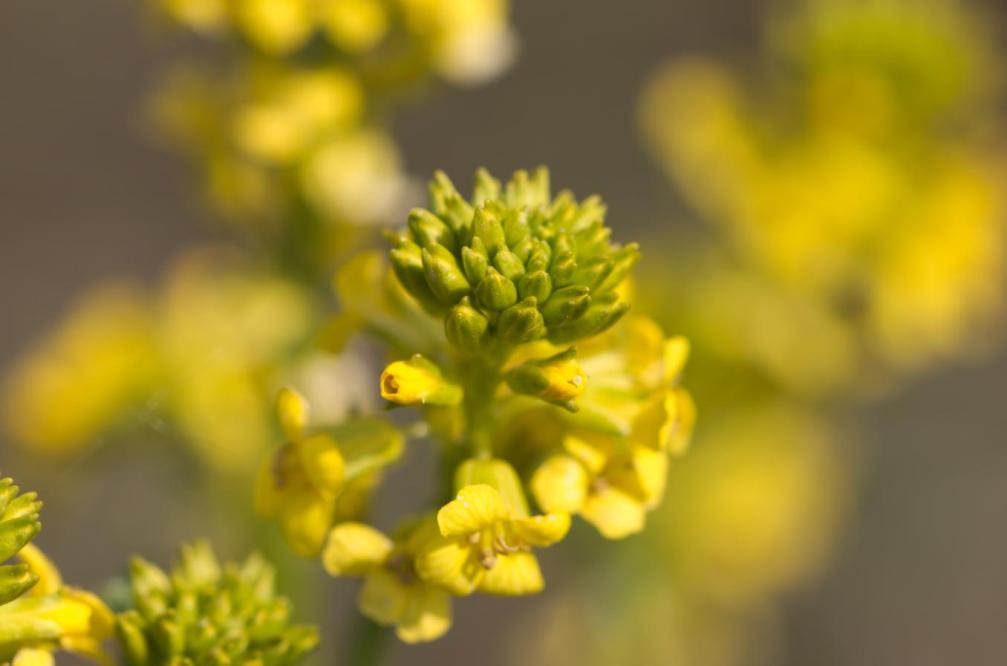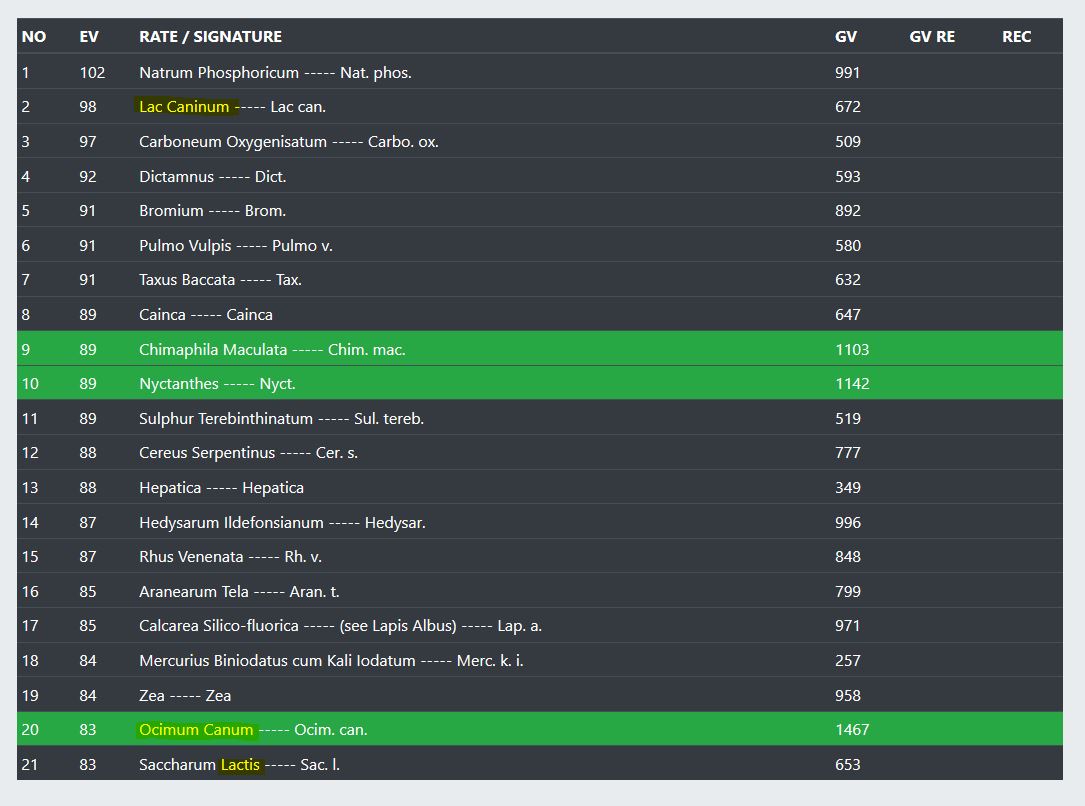For all who are interested in radionics and speaks German: https://radionikblog.wordpress.com/
The Fourth Phase of Water
Jerry POLLACK 2019 Water Conference speech

Jacques Benveniste at the Cavendish, 1999 (University of Cambridge)
When science touch the borders of the materialistic paradigm, that originated still from the time of Newton, than materialistic people, who clearly get economic vantages from materialism, will protect at all cost their old paradigm, even by hiring a clown or magician. Jacques Benveniste was a true scientist, open minded, with clear thoughts, curious and brave. Something we cannot say that the people of the so called “Nature” magazine was (shame over them). At least we know that what hinders real progress will soon be eliminated.
Water Memory Documentary

The difference between Bach Flower and Homeopathy
Samuel Hahnemann discovered 1796 homeopathy by questioning the academic teaching regarding how remedies works. Edward Bach already knew homeopathy in the 1930s, but his approach was to create a small set of remedies in order to cover all emotional imbalances of a human being.
In short: the difference between homeopathic and Bach Flower remedies lies in the number of remedies, in the technique of anamnesis in order to chose the right remedy, in the dosage and mixture, on which level the remedies acts and finally also how the remedies are made.
Number of remedies
Homeopathy knows over 5000 remedies. Bach Flowers only 38. The reason in this huge difference lies in the approach of the therapy. In homeopathy the therapist tries to find the most similar remedy for the entirety of the symptoms. This requires to invest time and energy into research of new remedies, because people change and their illness becomes more complex. This is a fact that even Hahnemann find out during his life time, while he encountered the phenomena of miasm, illness which are based on a collective issue rather than only on an individual one.
While Hahnemann knew approximately 120 remedies, almost all self proved, 100 years later James Tyler Kent knew about 300. Soon this number grew to thousands, thanks also to a growing community of homeopathic researcher. Today most of these 5000 remedies are not really available to buy from a pharmacy. Still someone use a remedy-maker (radionics) for creating the more “exotic” ones, like pure Carbon which would immediately react with the carrier material and therefore it is not possible to produce a remedy in a classical way.
On the other hand Bach Flowers are only 38 and this number is a static one. It is based on a system of thought from Edward Bach, to help the laymen to identify for themselves which remedy could help. He wrote the book entitled “Heal Thyself“, in which he explained the cause of illness, which is the mind and the emotional level of our being. By identifying the primary disturbances which can occur during a life time, difficulties from adolescence towards growing old, problems from traumas and delusions, he searched in nature for flowers which resonates with these 38 different frequencies. Therefore he limited the number on 38. He wanted a really simple set of remedies based on a simply theory, which every laymen could use.
Naturally Dr. Edward Bach used also homeopathy. Indeed he studied and used homeopathy before his discovery of the flower remedies. Many Bach Flower therapists today don’t limit themselves on only 38 original flowers, but they use other flower essences, like California or the Australian Bush Flowers. Some added essences from gem stones too. But they don’t rely on the simple system of 38 character types set.
Technique of anamnesis and repertorisation
In homeopathy a therapist collects all symptoms and inserts them into a repertory software, which helps let’s say to identify the first 10 more similar remedies from the thousands of available remedies. Then the therapist looks into the materia medica (the word for pharmacology in homeopathy) for more details and see if the whole case is similar to the remedies he found. There are countless other variations of these technique, but more or less a complex repertory and a huge materia medica library is used for the process of remedy identification. Other recent techniques involves asking techniques to identify the core essence of the delusion (Sankaran*), or to identify the general plant family (Jan Scholten*) and by using these techniques one can pinpoint a possible remedy, even a not well known one, thanks to the systematic and knowledge about the groups and families of remedies.
*Note: when I mention Sankaran or Jan Scholten it doesn’t mean they discovered these techniques all by themselves, but they was the ones who promoted it first inside the community and researched it further. Naturally plant families or groups of minerals are used by countless other homeopaths, like for example Mangialavori. And Sankaran too is an expert in plant families. They all share their ideas with each others and contribute to a real progress in homeopathy.
While homeopathy did have a progress, Bach Flowers stood still in their technique. Mostly the therapists today use a questionnaire, really simple, and this gives ok results in most cases. But some therapists use the same techniques they know from other therapy methods. For example homeopaths who use also Bach Flowers will use their modern techniques of anamnesis for Bach Flowers and then they obtain more precise results.
Dosage and mixture
In classic homeopathy a single dose is used. Mixtures of remedies are avoided, because multiple remedies would obfuscate the identification of the one most similar remedy (simile or similimum) and the potential exist that the remedies cancels each others out. Because the remedies works deep and long in higher potencies, the therapist instructs his patients to wait at least a few weeks before repeating the dose. In case where the patient is too weak, a daily dose of a lower and more gentle potency (Q-potencies) is preferred.
Bach Flowers remedies instead are mixed together in a bottle with water and a bit of alcohol in order to make it more durable. The rule of thumb is to not exceed a maximum of seven remedies for each prescription. From this bottle with the further diluted remedies the patient takes 3 times a day a few drops. Dietmar Krämer, a German therapist, writes in his books that he instructs to take every day one drop of the undiluted Bach Flower if the case requires it. This works a lot stronger and faster. In few cases therapists with classic homeopathy background prefers to give a only a single remedy and not a mixture. This all depends on the experience and preferences of the therapist.

Level of action
There is no doubt that both, homeopathy and Bach Flowers, acts on energetic levels, beyond the physical realm. The energetic level could be considered the pre-physical level, from which their morphic field informs the physical realm and change potentials without any interference with the law of energy conservation.
It is said that Bach Flowers acts more on the emotional and “spiritual” level, whatever “they” mean with spiritual. I regard the spiritual level as the level of the free will and this is not addressable by any homeopathic or Bach Flower remedies. Maybe some confusion regarding the vocabulary exists. Most times when a therapist means “spiritual”, they mean indeed the mind level of the person, the ability of having clear thoughts and to communicate without emotional impediments.
Homeopathic remedies exists in different potencies. A lower potency acts better for the body and less for mind symptoms. The typical C200 is a middle way compromise, which address all 3 levels of mind, emotions and body. A good potency to start with. Here also exist a lot of different preferences. Some therapists works exclusively with the Q-potencies, which are highly diluted, but lack the long series of succussion. The dynamically shaking of the remedy in a bottle is called the succussion, an integral part of the dynamisation of the remedy. During this process kinetic energy is added to the carrier material and the remedy becomes stronger. A remedy in an D1000 potency for example will produce artificial symptoms and a strong initial aggravation. Therefore such potencies are generally not used. The intention of the therapist is to gently stimulate the energy field of their patients and not to shake it violently.
Somehow Bach Flowers and homeopathic remedies don’t act on the very same level or at least they don’t interfere with each other. This is used by some therapists to give a few Bach Flowers additionally during a homeopathic therapy in order to stabilize the emotional sphere. (Or they are used as a placebo, when the patient cannot believe that a homeopathic single dose of a few globule could ever exert any effect.)
How they are made
Homeopathic remedies require kinetic energy during a succussion or trituration. Bach Flowers are made by putting the flowers into a pot of water and exposed to sunlight. The light of the sun shines through the petals of the flower and transfers the information to the water. This gentle approach of making the Bach Flowers is reflected in their gentle impact they have on the organism. On the contrary the homeopathic remedies have a stronger impact and could produce artificial symptoms.
Homeopathy and stalkers
A stalker is a person who harasses or persecutes someone with unwanted and obsessive attention.
If you search for stalker in the materia medica you find these remedies:

Note the red rubrics of families, it indicates the animal kingdom. The first is made of the milk of horse, Lac-equinum. The second is the indian cockroach, Blatta orientalis. And the next is Lac-caprinum, goat milk. We can go on and on … it seems that stalking is a typical animal kingdom problem.
Here is a radionics analysis of a person I know who has exactly this problem of stalking:

What I noticed was the second entry: Lac-caninum, dogs milk. This is interesting, because even if the materia medica does not mention stalking for Lac-caninum, dogs are known for their stalking behavior. They do this mainly because there is a chance they might get fed. Also dogs stalks because they love their owner. So has this person in the radionics analysis a problem with love?
The most prominent entry is Ocimum Canum. Note the name of this plant “canum“. It means “dogs” in latin.
A materia medica says about this remedy:
Traditionally used to increase devotion and compassion (Frawley). It has an astringent aromatic oil, which can be used to help reduce stress. It is a malaria remedy. Sexually needy and sensitive to rejection and in turn can become quite hurtful to his/her friends. Profound sexual difficulties may become apparent in these cases. Ailments from disappointment, deception, indignation, mortification.
Delusions:
Delusion he is friendless or neglected.
Mocked, laughed at or insulted.
Is about to receive injury.Dreams
Dressing up for a wedding. Jewelry.
Impending evil. Poverty. Fire, everything burned and scorched.
Forsaken. Separated. Cheated by his friends. Quarrels.
Danger. Being trapped. Murder. Death. Dead children.
Sister will discover his secret room. Pictures showing sister semi-nude.Reaction:
Forsaken feeling. Weeping when alone. Desires company. Sympathetic.
Religious affections. Too religious.
Abusive – even to best friends.
Malicious. Tormenting others.
It becomes a state of anxiety which ends in indifference. Sexual desire can be increased or lost.
Cautious. Conscientious about trifles.
Suicidal disposition – poison by.
Indifference. Aphasia.
The last entry is also a milk remedy, Saccharum lactis, lactose made of milk. One materia medica describes the constitution of Saccharum lactis as “a abandoned girl” or “abandoned child”. The stalking behavior in this case is not a predatory one, but a compensation for the delusion of being abandoned. Most of the remedies in the analysis has hysteria too. It is an overreaction of feeling abandoned.
Luc Montagnier, Giuseppe Vitiello ‘Conference on the Physics Chemistry and Biology of Water 2018’
Homeopathy and the Physics of Enchantment
Homeopathy and the Physics of Enchantment
by John R. Benneth, PG Homeopathy – London (Hons.)
CHAPTER ONE
The Supramolecular Vaccine 10.28.18
- Announcing a breakthrough in immunology that has the potential to revolutionize medicine: The ionized pharmaceutical
- Supramolecular here refers to the fourth contiguous phase of matter: Ions, plasma, and the electron.
Actinic here refers to biochemical changes produced by radiant energy. - Enchantment here refers to the physics of change.
The fundamental revelatory theme driving this thesis is that the electron is actinic*, is a fractal and is what gives the molecule its specificity, properties of action and chain reactions.
*radiant energy causing biochemical reactions ,such as basophil degranulation.
Here’s a question I punted into Google: How do vaccines immunize?
Here’s what I take to be the answer from conventional settled science via the US government’s Center for Disease Control:
How do vaccines give immunity?
“Vaccines help develop immunity by…
View original post 648 more words
Zeno’s paradoxes and idealism

There was once a dude who got nothing else to do than to thing about reality and question our perception of it. His name was Zenon, a Greek philosopher (yeah I know, Greeks are the best … they invented math, central heating, the cannon, analog computers, feta and BlackBerry).
His logic reasoning on physical reality lead him to observe paradoxes, which exposed the inability of classical physics to explain our reality. One of these paradoxes is easy to understand and you will wonder for sure “Why did I not think about it before?”.
Arrow paradox
In the arrow paradox, Zeno states that for motion to occur, an object must change the position which it occupies. He gives an example of an arrow in flight. He states that in any one (duration-less) instant of time, the arrow is neither moving to where it is, nor to where it is not. It cannot move to where it is not, because no time elapses for it to move there; it cannot move to where it is, because it is already there. In other words, at every instant of time there is no motion occurring. If everything is motionless at every instant, and time is entirely composed of instants, then motion is impossible.
If everything when it occupies an equal space is at rest, and if that which is in locomotion is always occupying such a space at any moment, the flying arrow is therefore motionless.
Whereas the first two paradoxes divide space, this paradox starts by dividing time—and not into segments, but into points.
Resolving the paradoxon with idealism
We can imagine physical reality as single frames in a movie, projected by our collective mind on a screen. There we perceive motion, because the frames are displayed so fast one after another, that we see a movement of the arrow.
In reality time stands still. There is no real time. Our perception of time does not include the implicit eternity between all frames. The movement of the arrow is considered by the collective mind for as long as it takes to decide in a consensus where it will be in the next frame. When a decision is made, the next frame appears.
This point of view implies nonlocality and immateriality as the base of reality. It also implies that time as we perceive it is generated.
What do Nobel Laureates say about Homeopathy?
From 1905 to 2008 noble price winners and nominated believes in homeopathy. Only the “simple minded” may deny the facts and evidence by ridiculing (and that is what they can do best).
Nobel laureates, doctors, scientists, professors and science writers had plenty to say on homeopathy.
Nobel Laureates agreed that there’s strong evidence for Homeopathy [click to tweet]. Homeopathic remedies act as they are supposed to. By the end of the year 2013, there have been 5 Nobel laureates in support of Homeopathy, 1 in opposition and 857 have not stated any opinion on Homeopathy.
1. Emil Adolf von Behring (1905)
Emil Adolf von Behring (1854–1917) won the first Nobel Prize in physiology or medicine in 1901 for his discovery of the diphtheria antitoxin.
FATHER OF IMMUNOLOGY Emil Behring asked to suppress his successful work on Homeopathy. He discovered that homeopathic medicine enhances immunogenic activity. Behring wrote:
“Samuel Hahnemann was right when he took his starting point in the symptoms of patients.”
Ref: Coulter, Harris L, Divided Legacy: A History of the Schism in Medical Thought, Volume…
View original post 1,388 more words
